The bizarre discovery made in Central India during the British Rule was in the jungles of Seoni near Jabalpur. The village was called Sant Vavadi, and the wolf child was found by Lt. Moor. The story traveled far and wide and found mention in some of the acclaimed literature of those times. Eventually, it reached Rudyard Kipling who was born in India and had become an acclaimed author at a young age. Using his amazing creativity and imagination he crafted an intriguing tale of life in the jungles of Seoni Hills.
The escapades of Mowgli and the wolf pack still reside in our memory lanes, and the amazing narration fascinates one and all. Kipling wrote the accounts in his novel called "Jungle Book". It was the film called Jungle Book made much later which made the character of wolf child a global entity. The jungles are now protected for the sake of Sher Khan, Baloo, Baghira, and the lot. Now called Pench Tiger Reserve the characters of Jungle Book spring alive on an enchanting journey to Pench. Tourism is organized in the National Park for wildlife enthusiasts and holidaymakers who wish to relive in the Kipling Era and rejoice.


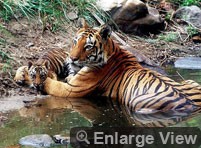
 The jungles of Seoni Hills now encompass the surrounding region of Chhindwara, both in the State of Madhya Pradesh, and those that are spread into Maharashtra. The whole ecosystem is called Pench Tiger Reserve named after the River Pench which intersects the park and is the lifeline.
The jungles of Seoni Hills now encompass the surrounding region of Chhindwara, both in the State of Madhya Pradesh, and those that are spread into Maharashtra. The whole ecosystem is called Pench Tiger Reserve named after the River Pench which intersects the park and is the lifeline. 


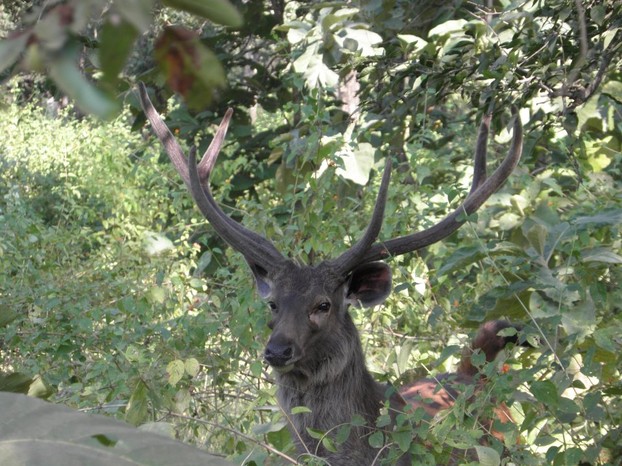
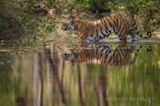 Mowgli is no more, but his companions are thriving in this Mowgli Land also known as Kipling Country. The mammals seen here are the tiger, leopard, sloth bear, bison or guar, wolf, hyena, fox, jackal, wild dog or dhole, Nilgai and Chinkara antelopes, sambar, chital, and barking deer. Recently a melanistic or black panther has been sighted here.
Mowgli is no more, but his companions are thriving in this Mowgli Land also known as Kipling Country. The mammals seen here are the tiger, leopard, sloth bear, bison or guar, wolf, hyena, fox, jackal, wild dog or dhole, Nilgai and Chinkara antelopes, sambar, chital, and barking deer. Recently a melanistic or black panther has been sighted here. 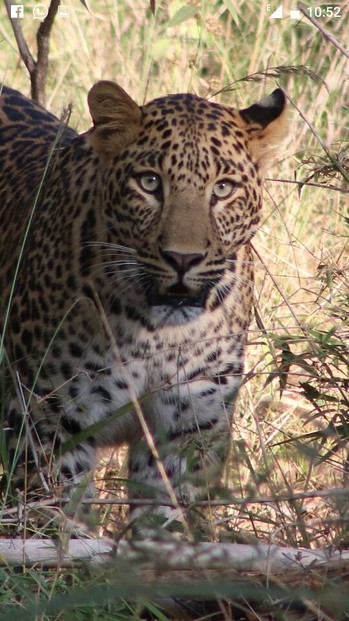


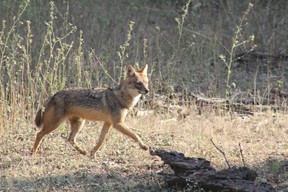



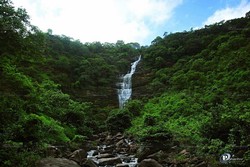

 Full Day Safari in Bandhavgarhon 08/29/2023
Full Day Safari in Bandhavgarhon 08/29/2023
 SEO Campaign: Website Overhaulon 02/13/2023
SEO Campaign: Website Overhaulon 02/13/2023
 Indian Food It Is Not All Curryon 02/08/2023
Indian Food It Is Not All Curryon 02/08/2023
 How Tiger Tourism is Organized in India?on 02/07/2023
How Tiger Tourism is Organized in India?on 02/07/2023

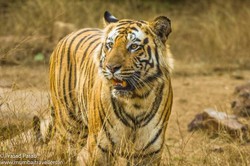
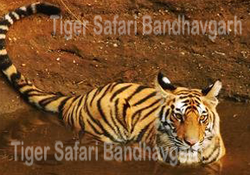
Comments
Pench receives nearly the same number but I presume less than Kanha and Bandhavgarh, Being a Kipling Country has brought it great fame. Open jeep refers to safari in the park only. For travel to other reserves taxis are available.
pateluday, Thank you for the practical information, pretty pictures and product lines.
Does Pench receive about the same tourist numbers as other sites or is it among the top 10?
It seems with the Jungle Book and Mowgli associations that it would be the latter.
I wonder about your description of open jeep ("In the core tiger safari at Pench is regulated bound by rules. A permit is required to enter the core zone on open jeep and this is a must.") access. Would it be possible to visit Pench, or other such tourist-beloved sites, by closed jeep?
As a naturalist/birder I love my job. But I also provide Seo for Digital Marketing and Contents and love both the jobs. Thanks!
You have access to much of nature.